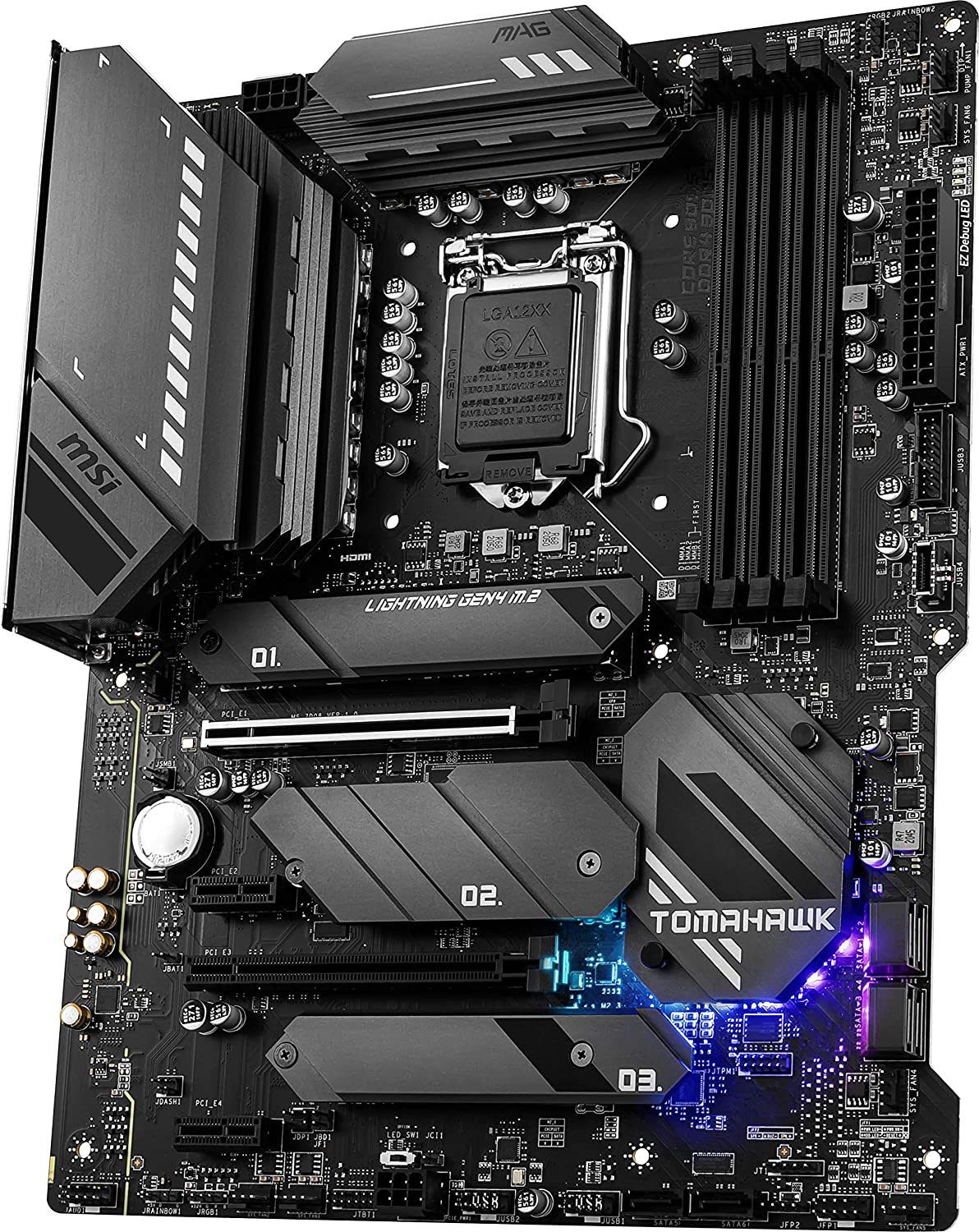


That's over a 60% reduction in thermal output. Meanwhile Buildzoid also calculates that the new Tomahawk board will generate just 17 watts of heat under the exact same conditions. In the previous Gaming Edge WiFi, MSI used an Infineon IR35201 controller with four signals for the vcore VRM, each doubled using an IR3598 phase doubler.īy default MSI uses a 500 KHz CPU switching frequency for both boards and Buildzoid calculates that at 1.2v with a 200A draw the Gaming Edge VRM puts out 46 watts of heat and that would explain why these boards run so hot given a 3950X will pull around 170-190A with PBO enabled. Those 12 phases then connect to the stars of the show, a dozen ISL99360 60A power stages. Moving on to talk about the VRM configuration, the X570 Tomahawk uses the ISL69247 controller of which six signals are taken for the vcore portion of the VRM and then doubled using ISL6617 phase doublers. Other than that, it's very similar to what we saw before in terms of design, VRM excluded, of course. But before we jump into that, we should note that the Tomahawk does offer some new features over the Gaming Edge such as 2.5 Gbit networking, an additional USB 3.2 Gen 2 USB port and the Wi-Fi has been upgraded to Intel Wi-Fi 6 AX200 with Bluetooth 5.0. The VRM is not something that can be easily upgraded either. Our primary focus will be on testing VRM thermal performance as this is a key differentiator among these motherboards that will house a powerful new generation Ryzen processor. We don't plan to make a thorough review of every aspect of the Tomahawk (see a full list of specs here), we've already tested over a dozen AMD X570 motherboards, and our recommendations can be found in the corresponding buying guide. Moreover, it will be replacing the horrible Gaming Edge WiFi, a board we really hope MSI discontinues, along with a few others including the X570 Pro Carbon. This is where the MSI X570 Tomahawk comes in and at $200 it's going head to head with popular X570 mainstream boards such as the Asus TUF Gaming Plus, Gigabyte Aorus Elite and Asrock Steel Legend. The X570 Unify is a great quality board, but at $300 it's out of reach for many. First they replaced the $370 Ace Gaming with the the $300 Unify, stripping away the RGB lighting for a no frills affair. in terms of VRM performance they're all pretty lackluster.Īdmitting they needed to do better, MSI has been working on rehashing their lineup. Those of you who have been following our X570 VRM thermal testing will know what we think of MSI's A Pro, Gaming Edge, Gaming Plus and Gaming Pro Carbon. Making matters worse, no other brand failed that test at any price point. Up until now, MSI's offering at $200 has been the X570 Gaming Edge WiFi, a board that failed our Ryzen 9 3900X VRM stress test. Not only does it mark the next stop in their X570 "redemption" tour, but at $200, it's a mainstream board many of you will be interested in. We've been keen to test this thing out for months now as this is a very important board for MSI. Today we're taking a look at MSI's new X570 Tomahawk motherboard.


 0 kommentar(er)
0 kommentar(er)
